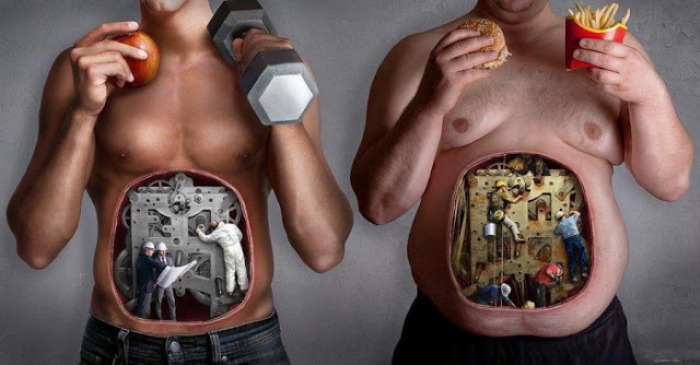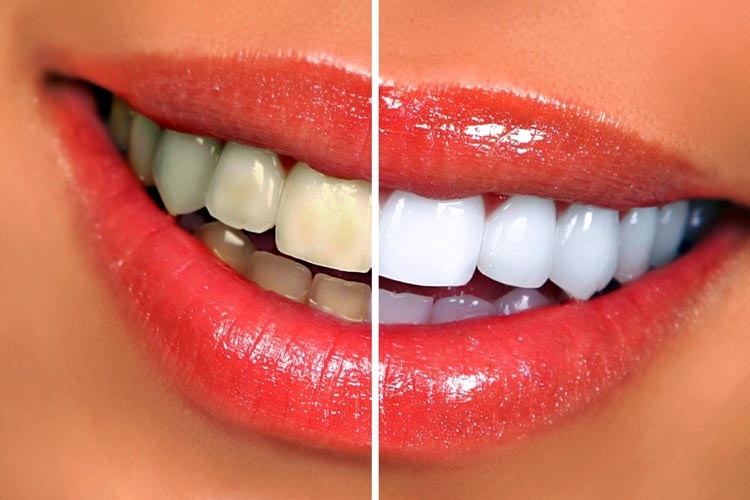You want whiter teeth, and you want to explore all options — from natural to professional. People use a range of whitening options to treat discoloration that occurs naturally over time. The brightness of a person’s teeth can diminish because of food and drinks — such as coffee, wine, soft drinks or berries — or as a result of smoking. Discoloration will occur on its own, as well, as the aging process slowly turns teeth a darker shade.
Fortunately, teeth whitening is very common. Many treatments are tried and true, and some can be done in as little as one day. There are different benefits to the various types of teeth whitening. Below, learn about three of the most effective ways to enjoy a brighter smile.
Natural Options
People have used natural remedies for tooth discoloration for years. Some are more effective than others, and some even carry risks, such as eroding your tooth enamel. Used in moderation, natural options can be very effective, although they require patience and caution. Here are some of the most popular options.
- Baking soda. This is a natural teeth whitener that is used commercially, as well. It’s hailed as an excellent way to make teeth appear brighter. To use it, try combining it with hydrogen peroxide to create an adhesive paste. Baking soda is fairly low-risk, although some pastes that use it can be abrasive on tooth enamel because of the particles.
- Fruits and vegetables. Chomp on crunchy fruits and vegetables like apples and celery to naturally scrape away stains. The benefit of these foods is that they are just the right texture: they’ll scrub your teeth without damaging the enamel — in effect, polishing your smile. Fruits and vegetables are also very low risk, although the citric acids in some fruits can damage enamel over time.
- Apple cider vinegar. This is a popular solution for removing stains, and it’s effective as long as you are consistent. Apple cider vinegar has traces of acids that are especially effective at removing stains caused by nicotine and coffee — two of the most common causes of tooth discoloration. People who have used this method say that it takes roughly one month of regular use before you see a difference, but that difference is good. This is a natural option that must be used with care, as apple cider vinegar can erode enamel if not used in strict moderation.
- Coconut oil. Coconut oil already has its diehard fans, and now it might gain more. It’s now being used to help whiten teeth. There are three ways people apply coconut oil to their teeth. The first is by simply rubbing it on with the tip of a washcloth after brushing so that it is directly exposed to clean teeth for a period. The second way is to swish coconut oil for up to 20 minutes. The third (and perhaps most convenient) is to drop coconut oil onto a toothbrush and brush away.
Zoom Whitening
While natural teeth-whitening remedies have their benefits, they tend to take time. And they require the user to be consistent and stick with it for weeks on end. For that reason, many people prefer to have their teeth whitened professionally. In-office treatments are very popular for people with discolored teeth. Zoom Whitening is one of the most well-known and proven options for whitening teeth more quickly than most other options, as it effectively whitens the patient’s teeth several shades in as little as a single visit.
The process uses a combination of teeth-whitening chemicals that start the process of bleaching a patient’s teeth right away. As teeth-staining typically is limited to the surface pores of a person’s tooth enamel, these chemicals are capable of penetrating the stains and turning them much whiter without causing any damage to the tooth itself. With Zoom Whitening, the chemical bleaching process is combined with a treatment involving a chair-side lamp that acts as a catalyst to accelerate the process. As a result, teeth are whitened almost immediately.
At-Home Whitening
Some people prefer to have their teeth whitened in the comfort of their own homes. While at-home whitening is a much slower process than an in-office visit, patients enjoy being able to do it on their own time. At-home whitening is typically a service overseen by the dentist, who can give the patient the materials to take home.
At-home whitening relies on similar chemicals used for in-office treatments — usually in a gel or another form that’s easier for the patient to apply. It’s often applied with a custom-molded bleaching tray that allows the patient to hold the chemicals in place while they watch television, read or relax on the couch.
People who use at-home whitening can typically expect to see their teeth brightened up to two shades in a matter of weeks.
Source: 7beautytips.com
Related posts:
 Health Benefits of Chicken Biryani
Health Benefits of Chicken Biryani
 Why it is Important to Eat Fruits?
Why it is Important to Eat Fruits?
 Health Benefits of Almonds
Health Benefits of Almonds
 Top Reasons to Exercise in the Morning
Top Reasons to Exercise in the Morning
 Health Benefits of Okra (Lady’s Finger)
Health Benefits of Okra (Lady’s Finger)
 Types of Tea and Their Health Benefits
Types of Tea and Their Health Benefits
 Wonderful Health Benefits of Turmeric
Wonderful Health Benefits of Turmeric
 10 Reasons Junk Food is Bad for Your Health
10 Reasons Junk Food is Bad for Your Health
 Tips To Prevent Spring Allergies
Tips To Prevent Spring Allergies
 5 Best Foods for Building Muscles
5 Best Foods for Building Muscles
 Guide to Healthy Fasting During Ramadan
Guide to Healthy Fasting During Ramadan
 Healthy Ramadan Meal Plan
Healthy Ramadan Meal Plan





